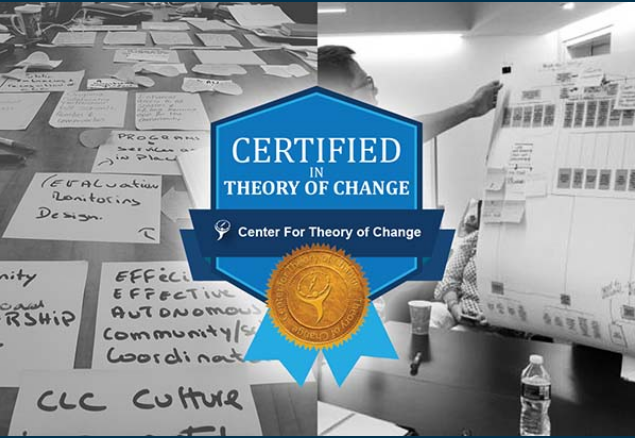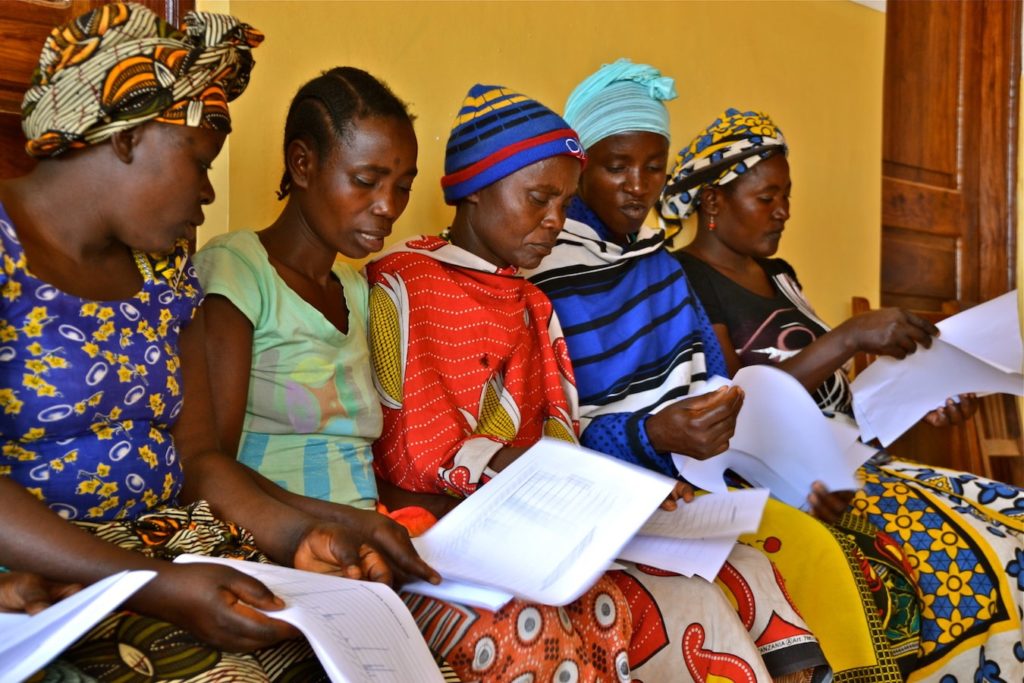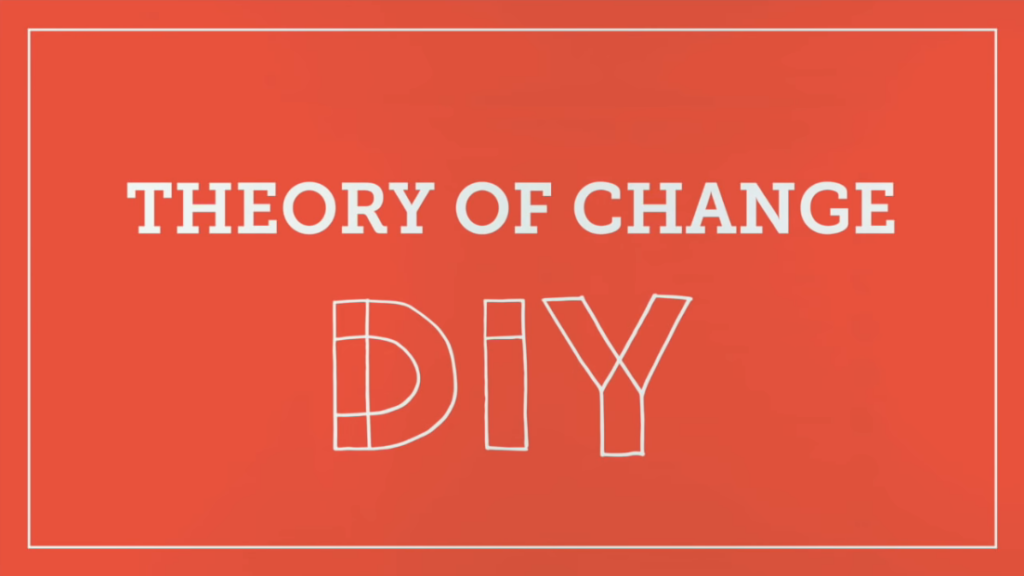
How do we expect change to happen? What evidence underlies our expectations? A theory of change lays out the pathways through which we expect a set of strategies and activities to create change. We develop a theory of change to guide programme design, define the milestones to track along the way, determine the outcomes to evaluate impact, articulate the core programme elements, and share with stakeholders the reasons for each step.
Pathways to change around violence are rarely linear. That means developing a theory of change requires us to map relationships between outcomes, ground the theory in existing evidence, and identify the underlying assumptions. Often, the participatory process of developing a theory of change is as valuable as the final product.
Notably, the theory of change methodology can be applied at multiple levels—from formulating pathways of change for a two-year project to articulating the change strategy of an entire organisation. Examples of theories of change include:
- Violence against women programme theory of change (ActionAid, Gender and Development Network, & UK Department for International Development)
- Violence against children programme theory of change combining parenting and economic strengthening programmes to reduce violence against children in Tanzania (Lachman et al., 2020)
- Organisational theory of change (Womankind)
There is no one right way to develop a theory of change, and groups have developed multiple strategies and manuals. This page features several methodologies that we feel best suit the needs of violence prevention practitioners. We also highlight high-quality examples of theories of change on violence prevention from sister organisations.


Center for Theory of Change

Accessible Theories of Change

Implementing Interventions to Address Gender and Power Inequalities in Early Adolescence

Goldilocks Toolkit: Build a Theory of Change

